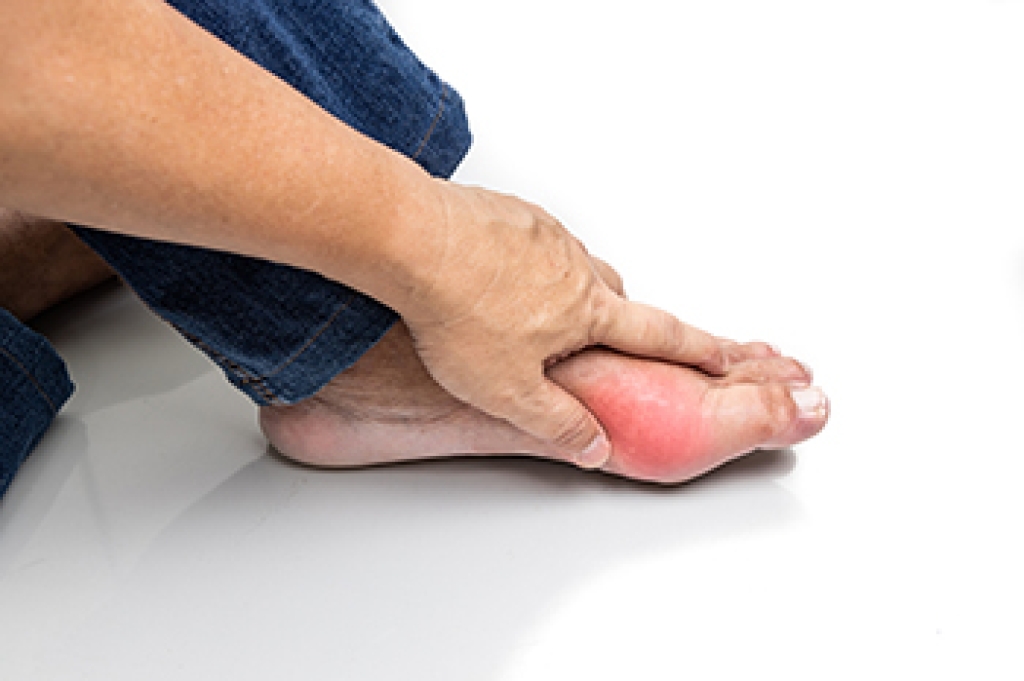
Ballet places constant pressure on the Achilles tendon, often leading to changes in its internal structure. Studies show a decrease in echo type I fibers, which represent healthy, organized tendon tissue, and an increase in echo type II fibers, which indicate early degeneration and reduced tendon strength. These shifts occur due to repetitive pointe work, jumps, and extreme foot positions that strain the tendon over time. A podiatrist can evaluate tendon health, provide targeted treatments, guide dancers in proper technique, and recommend supportive therapy to prevent further injury. If you are a dancer experiencing tendon pain or stiffness, it is suggested that you schedule a visit with a podiatrist to protect your performance and maintain long-term foot and ankle health.
Achilles tendon injuries need immediate attention to avoid future complications. If you have any concerns, contact David Carmack, DPM of Texas. Our doctor can provide the care you need to keep you pain-free and on your feet.
What Is the Achilles Tendon?
The Achilles tendon is a tendon that connects the lower leg muscles and calf to the heel of the foot. It is the strongest tendon in the human body and is essential for making movement possible. Because this tendon is such an integral part of the body, any injuries to it can create immense difficulties and should immediately be presented to a doctor.
What Are the Symptoms of an Achilles Tendon Injury?
There are various types of injuries that can affect the Achilles tendon. The two most common injuries are Achilles tendinitis and ruptures of the tendon.
Achilles Tendinitis Symptoms
- Inflammation
- Dull to severe pain
- Increased blood flow to the tendon
- Thickening of the tendon
Rupture Symptoms
- Extreme pain and swelling in the foot
- Total immobility
Treatment and Prevention
Achilles tendon injuries are diagnosed by a thorough physical evaluation, which can include an MRI. Treatment involves rest, physical therapy, and in some cases, surgery. However, various preventative measures can be taken to avoid these injuries, such as:
- Thorough stretching of the tendon before and after exercise
- Strengthening exercises like calf raises, squats, leg curls, leg extensions, leg raises, lunges, and leg presses
If you have any questions please feel free to contact our office located in Marble Falls, TX . We offer the newest diagnostic tools and technology to treat your foot and ankle needs.




